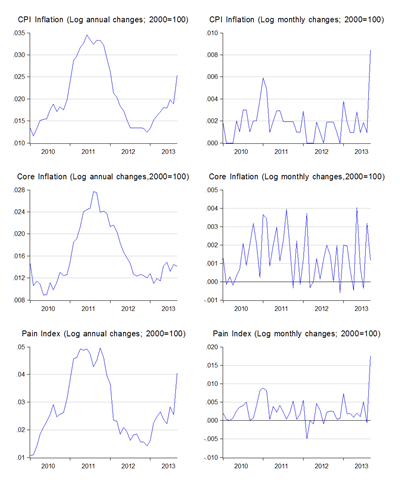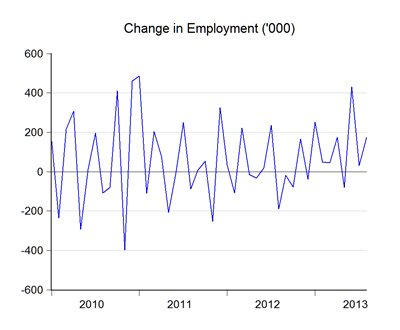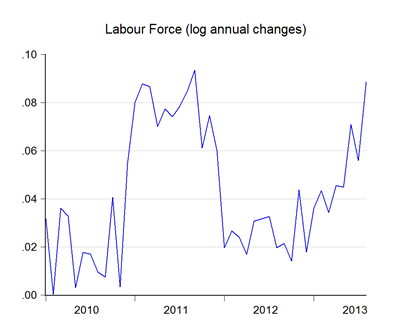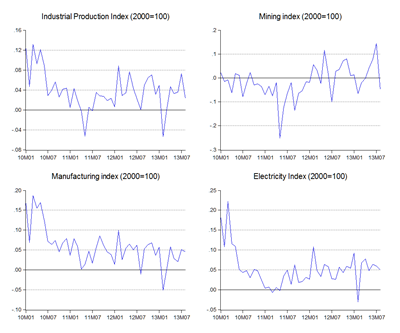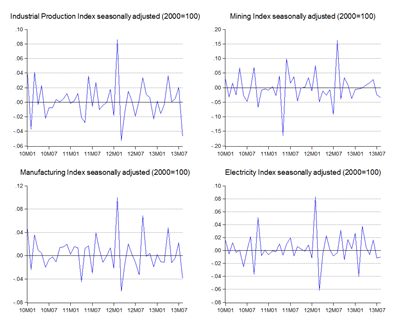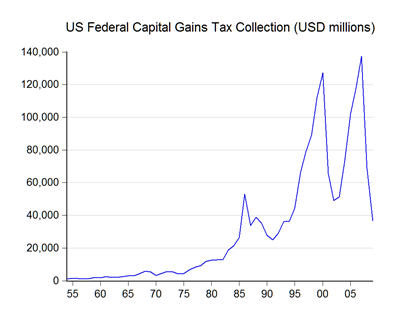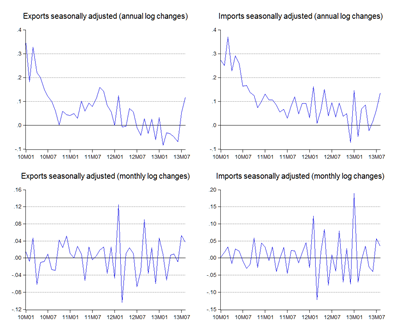Students at Manchester University want more than dogma (excerpt):
Economics students aim to tear up free-market syllabus
Undergraduates at Manchester University propose overhaul of orthodox teachings to embrace alternative theoriesFew mainstream economists predicted the global financial crash of 2008 and academics have been accused of acting as cheerleaders for the often labyrinthine financial models behind the crisis. Now a growing band of university students are plotting a quiet revolution against orthodox free-market teaching, arguing that alternative ways of thinking have been pushed to the margins.
